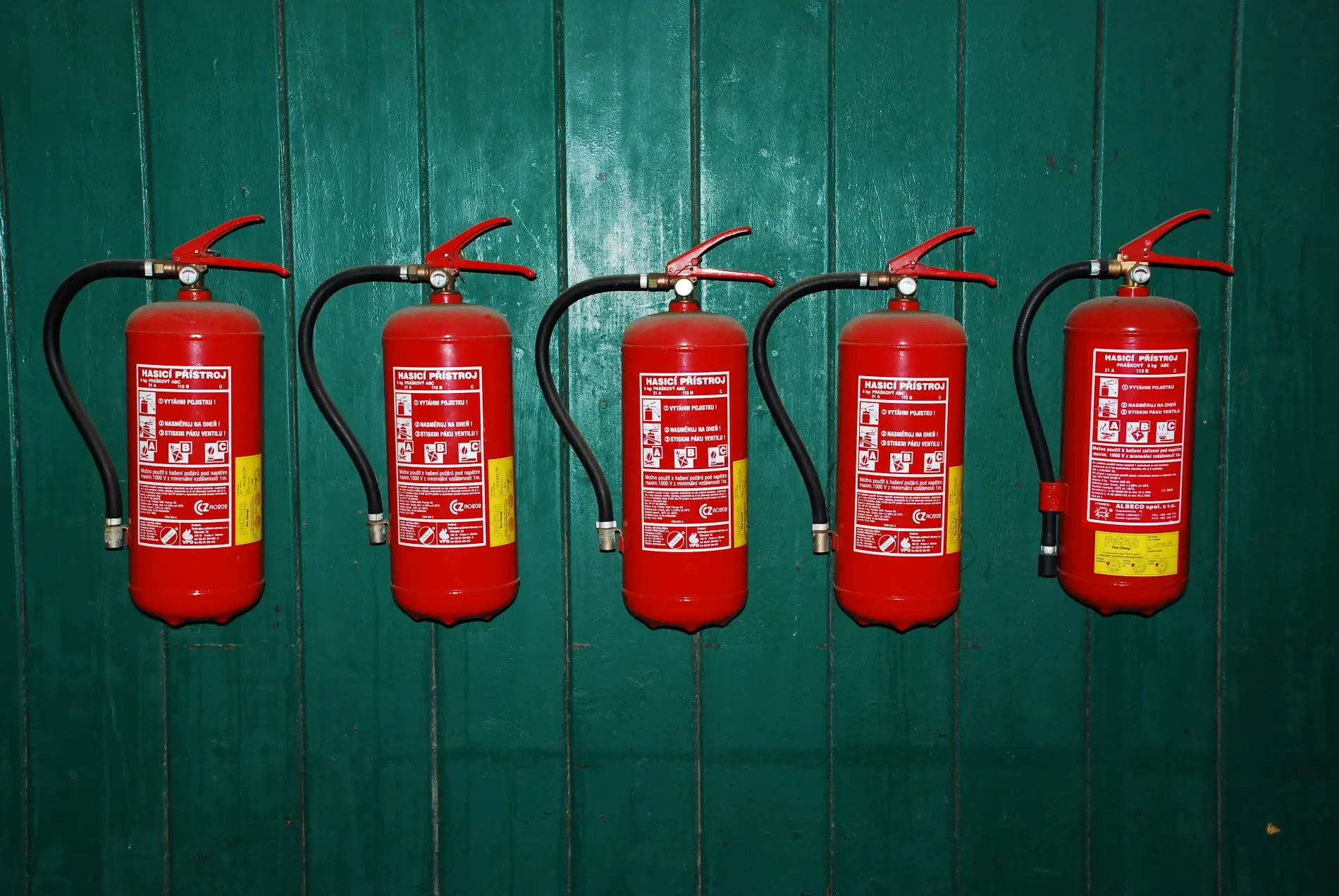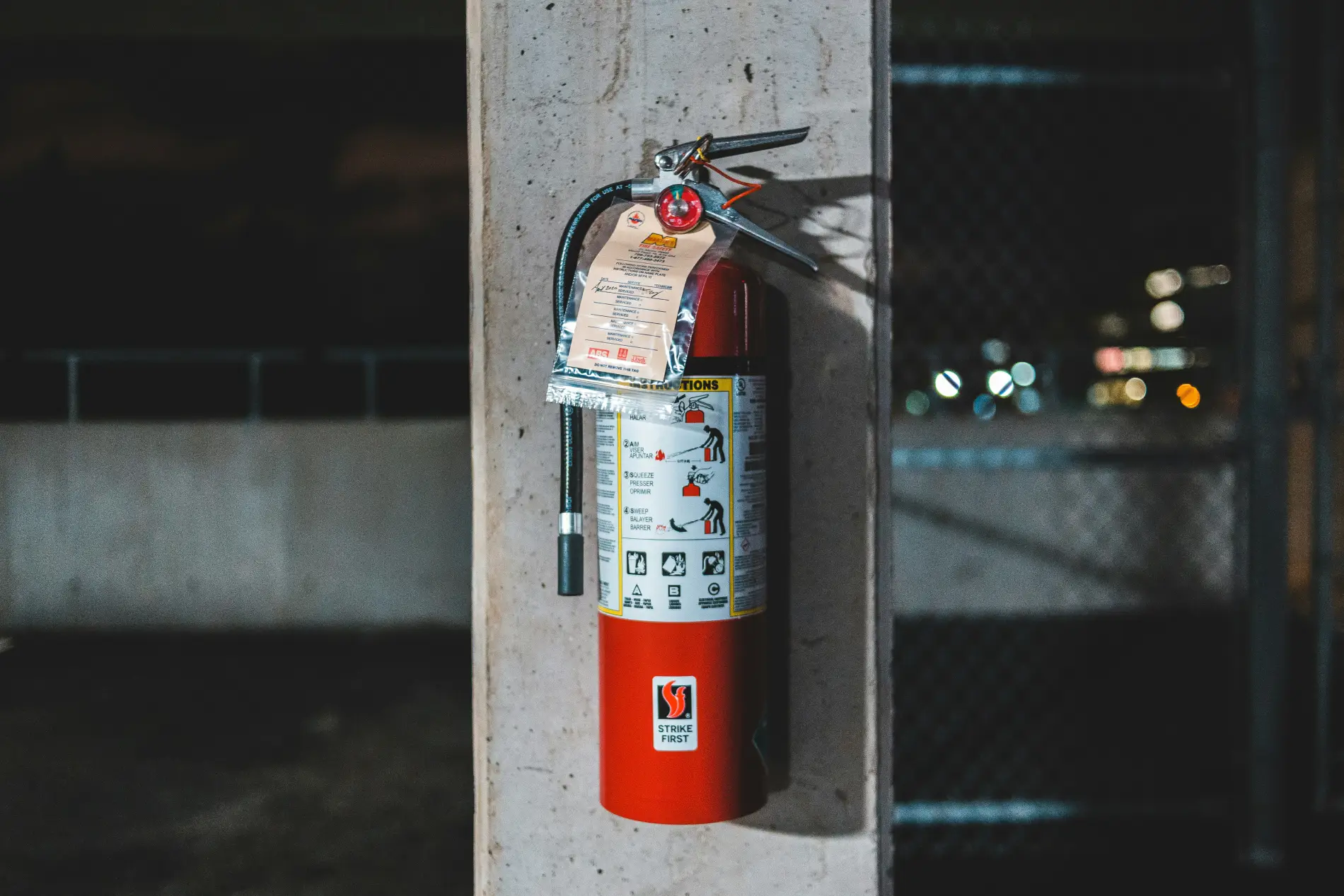FIRE SAFETY for Schools essex

At Magni Fire, we understand that providing a safe learning environment is of the utmost importance. It's a fundamental commitment to the well-being of students, staff, and visitors, and a thorough fire risk assessment is the cornerstone of fire protection, identifying potential hazards ahead of time to pave the way for effective prevention strategies.
Our guide is here to walk you through the essential aspects of fire safety in schools in Essex, helping you understand your responsibilities and the critical steps involved in creating a secure learning environment for everyone.
What is a Fire Risk Assessment for Schools?
In its simplest form, a fire risk assessment is a full evaluation of a school's premises. This goes beyond a quick check of the fire extinguishers, and analyses everything from the building’s structure and escape routes, to fire safety equipment, signage and emergency procedures. By undergoing a fire risk assessment and identifying potential risks ahead of time, this means you can take the necessary steps to make your school more safe for students, staff and visitors.
This vital process forms the foundation of your school’s fire safety strategy. It’s the roadmap for ensuring that everyone in the building knows what to do in an emergency and that the building itself is equipped to prevent and contain a fire.
Who is Responsible for the Fire Risk Assessment?
Under the Regulatory Reform (Fire Safety) Order 2005, the responsibility for conducting a fire risk assessment falls on the "responsible person". This is typically the headteacher, principal, or another individual designated with fire safety management. While the responsible person holds the ultimate accountability, conducting a fire risk assessment for schools often requires specialised expertise.
How Often Should a School's Fire Assessment Be Reviewed?
In the UK, a school fire risk assessment should be reviewed at least annually - but this is just a minimum requirement. Your fire risk assessment is a living document that should be revisited whenever significant changes occur within the school environment.
This includes, but is not limited to:
- Building Renovations or Extensions: Any changes to the building's structure or layout can impact escape routes and fire safety measures.
- Changes in Occupancy: An increase in student numbers or the introduction of new after-school programs necessitates a review of your fire risk assessment.
- New Equipment or Materials: The introduction of new equipment, particularly those that might pose a fire hazard, should trigger an update.
- Any Fire Incident: Even a minor fire incident should prompt a thorough review to identify any lessons learned and improve safety protocols.
- Changes in Legislation: Regulations evolve, and your fire risk assessment must remain compliant with the latest requirements.
By regularly reviewing and updating your fire risk assessment, you’re showing an ongoing commitment to fire safety, as well as ensuring that your school’s fire prevention measures remain relevant and effective. This diligence protects your students and staff and provides peace of mind for the entire school community.
The 5 Steps of a Fire Risk Assessment
A comprehensive fire risk assessment for schools follows a structured five-step process to ensure all bases are covered.
Step 1: Identify Fire Hazards
This is the first and most important step. A thorough inspection of the school premises is conducted to identify potential sources of ignition and flammable materials. This could include electrical equipment, heating systems, cooking appliances, and even paper or fabric used for classroom displays.
Step 2: Identify People at Risk
Next, it's essential to determine who might be at risk in the event of a fire. This group includes students, staff, and visitors, but special attention must be paid to those with disabilities or special needs who may require additional support during the event of an evacuation.
Step 3: Evaluate, Remove, and Reduce Risks
With the hazards and at-risk individuals identified, the next step is to evaluate the likelihood and potential severity of a fire. This involves implementing measures to eliminate or reduce risks. These measures include:
- Ensuring fire protection equipment like fire extinguishers, alarms, and sprinklers are properly installed and maintained.
- Implementing safe working practices to minimise fire hazards.
- Maintaining clear escape routes and fire exits.
Step 4: Record, Instruct, and Train
Once complete, the findings of your fire risk assessment must be carefully documented. This includes creating a fire safety policy and emergency procedures, as well as providing clear fire safety instructions and training to all staff and students. Regular fire drills are also an essential part of this step, as this allows everyone to practice the necessary evacuation procedures.
Step 5: Review
Finally, your fire risk assessment must be regularly reviewed to ensure it remains current and effective. Regular reviews ensure that any changes to the building, occupancy or fire safety legislation are accounted for, and that the school’s fire safety strategy remains robust.
Magni Fire: Your Partner in School Fire Safety
At Magni Fire, we are your dedicated partner in school fire safety. We believe in providing comprehensive solutions that go beyond a standard checklist.
We offer a full range of fire protection services, from fire alarm installation and maintenance, to aspirating smoke detection and wet/dry riser systems.
We work closely with schools and businesses in Essex and the surrounding areas to understand their specific needs, and we tailor our fire protection strategies to each building’s unique layout and needs. As a leading fire protection company, our goal is to empower you with the knowledge and equipment necessary to maintain a safe and secure space to keep occupants, visitors and assets safe.
Ready to enhance your school's fire safety? Contact Magni Fire today to discuss how our solutions can help you safeguard your premises and create a safer environment for everyone.




